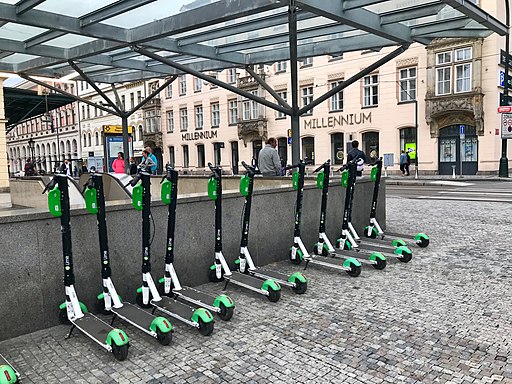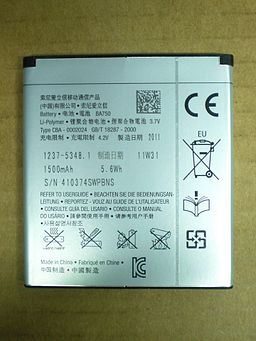Why We Can’t Have Nice Things
Private companies have been making their electric scooters available for riders to share in cities around the United States and in Europe over the past two years, and the results are a mixed bag. Riders appear to appreciate the service, even if some of them don’t show that appreciation in how they ride or park the e-scooters. City governments appear to like that the service fills gaps in their often inadequate public mass transit services, even though they are learning that more regulation is required of e-scooter companies to rein in their sometimes arrogant disregard for city ordinances and of inconsiderate riders whose behavior can be a public nuisance. Members of the public who have no personal need for the e-scooters are largely tolerant of their presence in their cities, but in many places they are finding their patience tested by the problems mentioned above.
Bringing e-scooters into cities is a good idea on its surface, and they solve a mobility problem for some poor people or for commuters without cars who find using them more appealing than walking or biking. But with the problems their presence and use are causing by abuse of the commons, it would be better if cities improved their mass transit systems instead. For one thing, e-scooters are not as ecologically benign overall as people may assume, and certainly not in comparison to mass transit options. For another, solving the problems encountered during the initial rollout of e-scooter sharing programs would appear to take up public resources in the form of tighter regulation and consequent enforcement. Wouldn’t it be easier in that case to regulate a comparatively smaller number of mass transit units and operators rather than thousands or tens of thousands of e-scooter units and operators strewn all over a city? E-scooter sharing programs may last only a year or two more if the current abuses continue, and that’s a shame because many decent people who appreciate the services and have a dearth of other options would probably like to see them continue. Unfortunately this business model appears to go against human nature in that where the commons are concerned, there are always enough bad faith users around to take unfair or inconsiderate advantage of the situation and eventually push the public at large to demand an end to it for everyone. In the words of James Madison, “If men were angels, no government would be necessary.”
The technology behind e-scooters and smartphones or, in some places, simple cellular phones, makes the business model of sharing e-scooters in a city possible. An e-scooter rigged for sharing has a Global Positioning System (GPS) module and an inexpensive, basic cellular connection for small amounts of data transfer to communicate its exact position and condition. A lithium ion battery provides power. A rider needs to use the internet application provided by the company for use on a smartphone to unlock the e-scooter and provide for payment for the service. Some localities insist as a condition for operating in their city that e-scooter companies make the service available to people without a data connection on a simple cellular phone. One of the ideas behind the service, after all, is to provide a low cost transportation option for poor people.

Lime e-scooters parked next to a subway entrance at Masaryk train station in Prague, Czech Republic. Photo by Martin2035.
The problems arise because, like all private services which take advantage of the public commons, there are abuses. The private companies either do not seek out and pay for permission to park their e-scooters on public property or they may not hold up their end of agreements they have with cities that allow their operations. Since the e-scooters do not belong to them, some riders are unconcerned about how they use them or park them. Equipment abuse is the lookout of the company operating the service, but the abuse of the commons caused by careless parking is a public nuisance at best, a menace at worst. Crime problems have arisen mostly from overnight vandalism of the equipment and from the dangers to workers who must go out at night to find and maintain the equipment.
— Techly 


